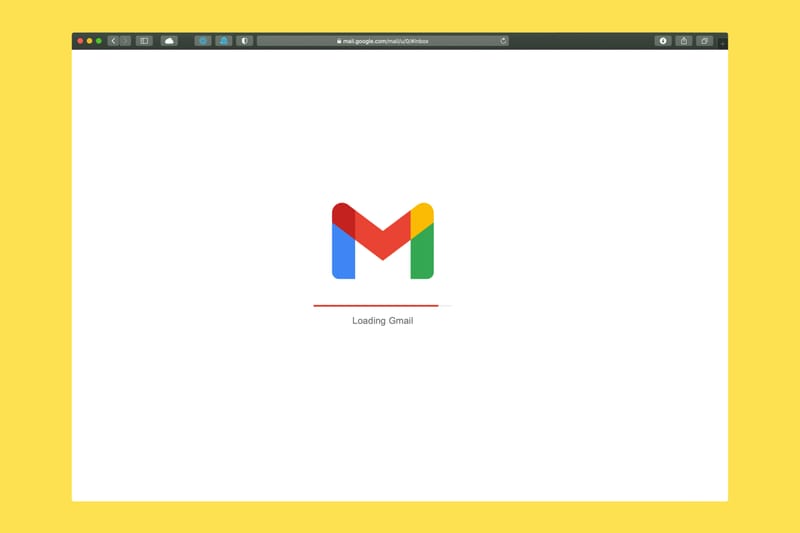The Beginner's Guide to DKIM, SPF, and DMARC for Email Authentication
Email authentication is crucial for maintaining a good domain reputation and ensuring your messages reach their intended recipients. This beginner's guide delves into three essential protocols: DKIM (DomainKeys Identified Mail), SPF (Sender Policy Framework), and DMARC (Domain-based Message Authentication, Reporting, and Conformance). These protocols work together to verify the authenticity of your emails, prevent spoofing, and protect your domain from being used in phishing attempts. By understanding and implementing these protocols, you can enhance your email deliverability, build trust with recipients, and safeguard your online presence. This article breaks down each protocol, explains their importance, and provides guidance on how to set them up for your website's email system.Table of Contents:

What is DKIM?
DKIM, or DomainKeys Identified Mail, is an email authentication method that adds a digital signature to your outgoing messages. This signature verifies that the email has not been tampered with during transit and confirms it originated from your domain. When an email server receives a message with a DKIM signature, it checks the signature against the public key published in the sender's DNS records.Implementing DKIM helps prevent email spoofing and phishing attempts, as it becomes much harder for malicious actors to send emails pretending to be from your domain. Additionally, DKIM can improve your email deliverability by increasing the likelihood that your messages will pass spam filters and reach the intended recipients' inboxes.
Do you need a website? Want to build a website but don't know where to start? Our website builder is the perfect solution. Easy to use, and with the ability to customize to fit your business needs, you can have a professional website in no time.
Understanding SPF
SPF, or Sender Policy Framework, is another email authentication protocol that helps prevent email spoofing. It works by specifying which mail servers are authorized to send emails on behalf of your domain. When you set up SPF, you create a DNS record that lists all the IP addresses and hostnames allowed to send emails from your domain.When an email server receives a message claiming to be from your domain, it checks the sender's IP address against the list in your SPF record. If the IP address matches, the email passes SPF authentication. This process helps receiving servers determine whether an email is legitimate or potentially fraudulent, reducing the risk of your domain being used for spam or phishing attacks.
Introducing DMARC
DMARC, which stands for Domain-based Message Authentication, Reporting, and Conformance, is a protocol that builds upon DKIM and SPF. It allows domain owners to specify how receiving servers should handle emails that fail authentication checks. DMARC also provides a reporting mechanism, giving you visibility into how your domain is being used and potential abuse.With DMARC, you can set a policy that instructs receiving servers to quarantine or reject emails that fail authentication. This adds an extra layer of protection against email spoofing and phishing attempts. The reporting feature of DMARC provides valuable insights into your email ecosystem, helping you identify and address any issues with your email authentication setup.
Building a website with SITE123 is easy
Why Email Authentication Matters
Implementing DKIM, SPF, and DMARC is crucial for several reasons:1. Improved deliverability: Authenticated emails are more likely to reach the intended recipients' inboxes rather than being marked as spam.
2. Enhanced security: These protocols help prevent email spoofing and reduce the risk of your domain being used in phishing attacks.
3. Better reputation: A strong email authentication setup demonstrates that you take email security seriously, improving your domain's reputation.
4. Increased trust: Recipients are more likely to trust emails from authenticated sources, leading to better engagement with your messages.
5. Compliance: Many industries and regulations require proper email authentication to ensure the security and integrity of electronic communications.
Implementing DKIM, SPF, and DMARC
Setting up email authentication for your website's email system involves the following steps:1. DKIM: Generate a public-private key pair, add the private key to your email server, and publish the public key in your domain's DNS records.
2. SPF: Create an SPF record in your DNS that lists all authorized sending servers for your domain.
3. DMARC: Create a DMARC policy and publish it in your DNS records. Start with a monitoring policy (p=none) and gradually increase enforcement as you gain confidence in your setup.
While the specific implementation details may vary depending on your email service provider and DNS management tool, most providers offer step-by-step guides or support for setting up these protocols.
Best Practices for Email Authentication
To maximize the effectiveness of your email authentication setup:1. Implement all three protocols (DKIM, SPF, and DMARC) for comprehensive protection.
2. Regularly monitor DMARC reports to identify and address any authentication issues.
3. Keep your SPF record up to date as you add or remove authorized sending servers.
4. Use strong DKIM keys and rotate them periodically for enhanced security.
5. Gradually increase your DMARC policy enforcement from monitoring to quarantine to reject as you gain confidence in your setup.
6. Ensure all legitimate email sources (including third-party services) are properly authenticated.
7. Educate your team about the importance of email authentication and best practices for email security.





